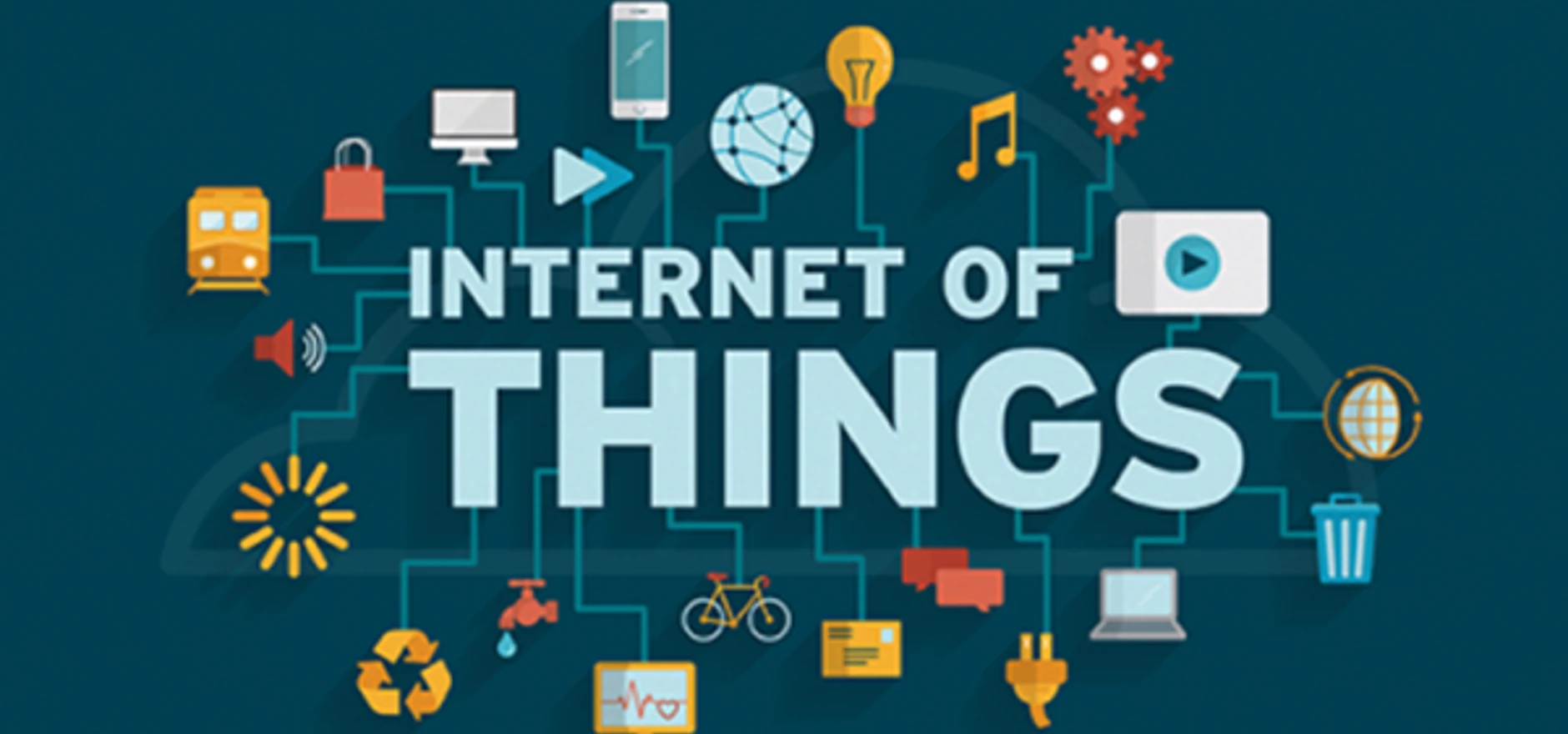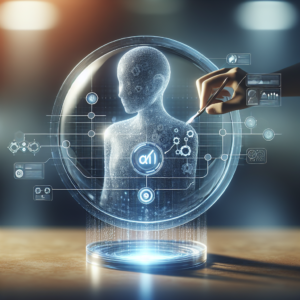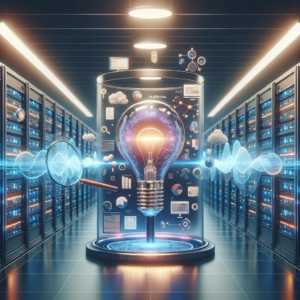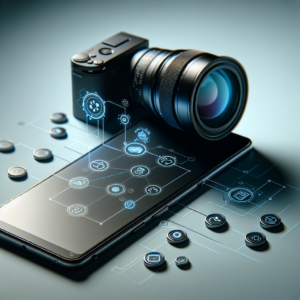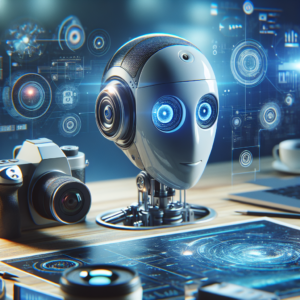Have you ever thought about how many devices in your life connect to the internet? It’s truly fascinating to think about the web of connections around us. As I reflect on how quickly technology has advanced, I realize that the Internet of Things (IoT) is a major player in this transformation. The world of IoT is expanding continuously, and I can’t help but feel excited about the potential it holds for the future.
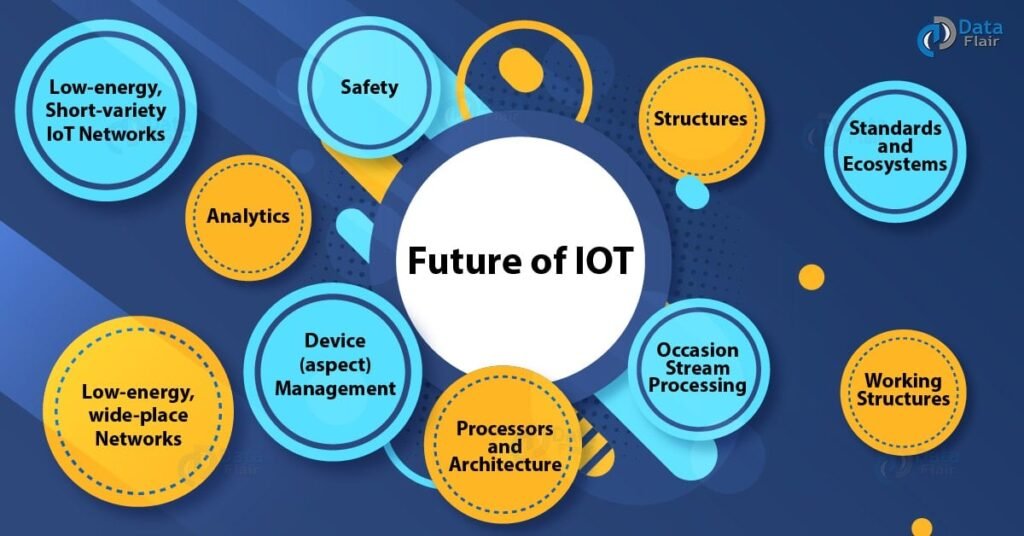
This image is property of data-flair.training.
What is the Internet of Things (IoT)?
At its core, the Internet of Things refers to the network of physical objects or “things” that connect to the internet and communicate with each other. From smart thermostats that learn my heating preferences to wearable fitness trackers that monitor my health, IoT is already intertwined with my daily life. It seems like every day I discover more gadgets and technologies that simplify my routines or enhance my experiences.
How IoT Works
IoT primarily operates through the integration of sensors, software, and other technologies to connect devices. These devices collect and share data, which can be analyzed to improve efficiency or drive decision-making. I find it incredible how my smart home devices can communicate with each other and provide me with real-time updates about my environment.
| Component | Description |
|---|---|
| Sensors | Devices that collect data (temperature, humidity, etc.) |
| Software | Programs that process data and enable device operation |
| Connectivity | Protocols that allow devices to connect to the internet |
| User Interface | How I interact with and control my devices |
The Evolution of IoT
Reflecting on how IoT has progressed, I remember when the concept was still in its infancy. Initially, connecting devices was limited and mostly experimental. Over the years, technological advancements have made it easier for everyday items to come online. I think about how much my life has changed with the advent of smart technology.
From Concept to Reality
The journey from theory to practice involved several groundbreaking innovations, such as:
- Wireless Communication: Technologies like Wi-Fi, Bluetooth, and cellular networks made it possible for devices to connect and communicate without physical connections.
- Cloud Computing: With the rise of cloud computing, storing and processing vast amounts of data became manageable, allowing IoT applications to thrive.
- Advancements in AI: Artificial Intelligence has played a pivotal role in making sense of the data collected by IoT devices, helping me receive meaningful insights.
These developments have paved the way for a diverse range of applications, making the concept of IoT not just real but essential in various aspects of life.
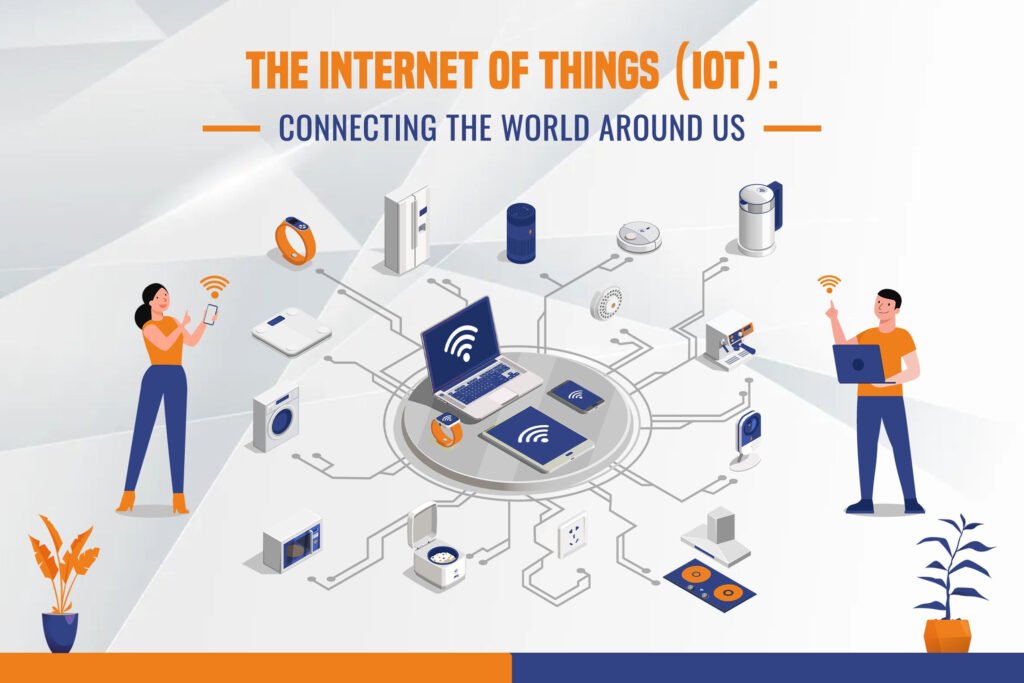
This image is property of www.learnow.live.
The Applications of IoT
It amazes me just how broad the applications of IoT are. Across health, transportation, agriculture, and smart cities, this technology is having a transformative impact.
Healthcare
IoT in healthcare means improved patient monitoring and management. With devices like smartwatches that track my heart rate and glucose levels, I have more control over my health than ever before. Remote patient monitoring can also enable doctors to track patients’ conditions without the need for frequent check-ups.
Benefits of IoT in Healthcare
| Benefit | Description |
|---|---|
| Real-time monitoring | Continuous tracking of patients helps in making quick decisions about their health. |
| Enhanced data analysis | Greater data accessibility leads to better diagnostic accuracy and personalized care. |
| Cost efficiency | Remote monitoring can reduce the need for hospital visits, ultimately saving costs. |
Smart Homes
Smart homes are another area where IoT truly shines. From smart lighting systems that can be controlled with a voice command to security cameras that send me alerts, my home has become more comfortable and secure.
Key Smart Home Devices
| Device | Functionality |
|---|---|
| Smart Thermostats | Automatically adjust temperature based on my preferences |
| Smart Speakers | Control other smart devices through voice commands |
| Smart Security Cameras | Provide surveillance and alerts for unusual activities |
Transportation
IoT is reshaping transportation through connected vehicles, which can communicate with each other and with infrastructure. This leads to better traffic management and improved safety. When I think about the potential of self-driving cars, I can’t help but feel a sense of wonder about what the future holds.
Advantages of IoT in Transportation
| Advantage | Description |
|---|---|
| Enhanced Safety | Connected vehicles can warn each other about potential hazards |
| Traffic Optimization | Real-time data can alleviate congestion and improve travel times |
| Automated Driving Features | Vehicles can assist drivers or operate autonomously in specific conditions |
Agriculture
In agriculture, IoT is a game-changer. Farmers can use smart sensors to monitor soil conditions, crop health, and weather forecasts, enabling them to make more informed decisions about planting and harvesting. The implications for food production are enormous, and the emphasis on efficiency can lead to sustainable practices.
Applications of IoT in Farming
| Application | Description |
|---|---|
| Precision Agriculture | Data collection leads to optimized farming techniques and resource use |
| Livestock Monitoring | Sensors track health and location of animals for better management |
| Automated Irrigation Systems | Regulate water flow based on soil moisture levels for crop sustainability |

This image is property of bdaily.co.uk.
The Challenges Facing IoT
As I reflect on the exciting advancements in IoT, I also recognize the challenges that come with them. With more devices online, issues such as security and privacy become increasingly important.
Security Concerns
IoT devices can be vulnerable to hacking and cyberattacks. I always ensure that my devices are updated and that I use strong passwords, but the risk remains. The sheer volume of devices means that there’s more room for security breaches, and this is something developers and users alike must address.
Data Privacy
With devices collecting vast amounts of data, privacy is another major concern. I sometimes wonder about the extent of data collected by my devices and how it’s used. Transparency and regulations will be necessary as we navigate this new landscape.
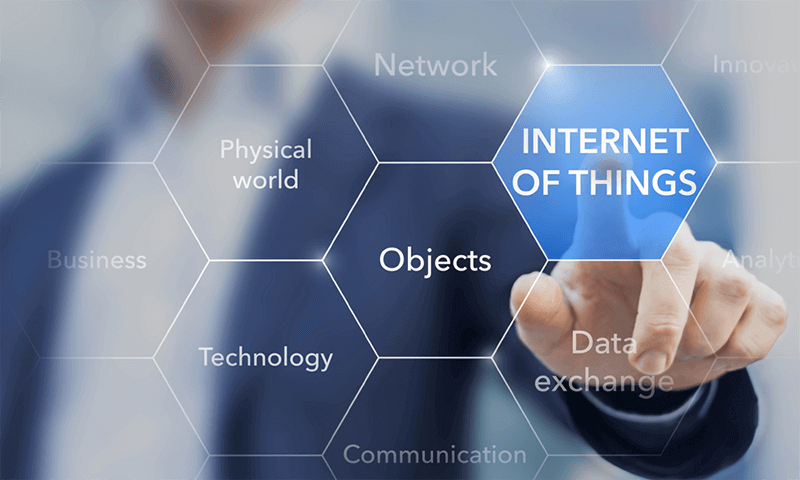
This image is property of bernardmarr.com.
The Future of IoT
Thinking ahead, the future of IoT promises to be revolutionizing. The integration of technologies such as 5G, edge computing, and enhanced AI capabilities will push IoT even further into our daily lives.
5G Connectivity
The rollout of 5G networks will allow for faster data transfer and more reliable connections. I can envision a world where my devices communicate seamlessly without delay, leading to enhanced user experiences and greater automation in various industries.
Edge Computing
Edge computing involves processing data closer to where it is generated, reducing the latency and bandwidth used in sending data back to the cloud. This means my devices can work more efficiently and respond quicker, which is particularly important for applications like autonomous driving or real-time data analytics.
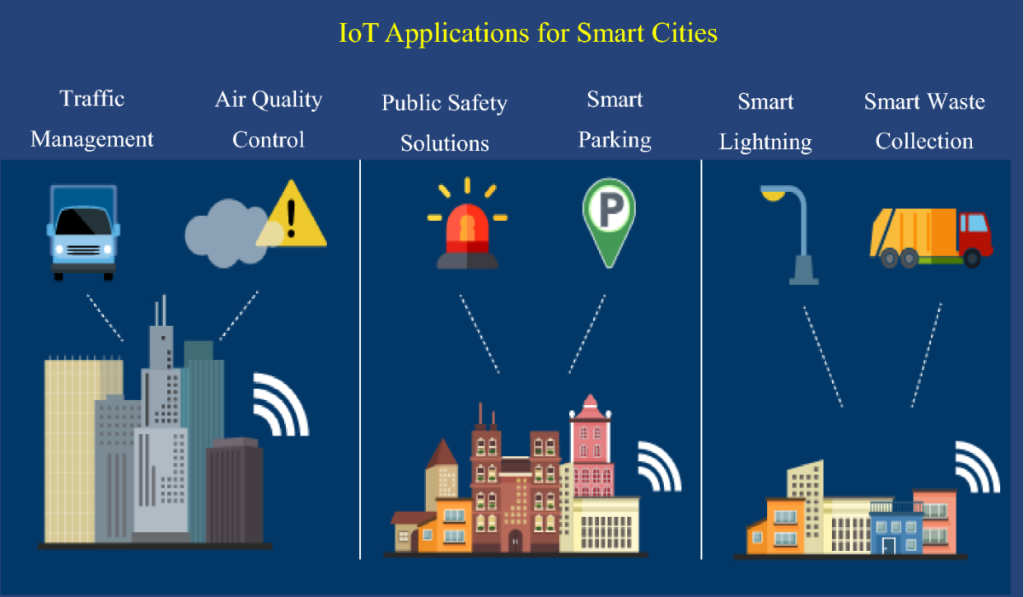
This image is property of media.springernature.com.
Conclusion
As I consider the growing influence of the Internet of Things, I feel a mix of excitement and responsibility. The potential for improvement in everyday life and various industries is tremendous. Yet, I also understand the importance of addressing the issues surrounding security and privacy.
Embracing IoT in a thoughtful and conscientious manner is crucial. Whether it’s making my home smarter, improving my health monitoring, or enhancing agricultural practices, I’m looking forward to the changes that IoT will continue to bring to my life and the world around me. The future is bright, and I can’t wait to see what’s next in this interconnected journey.

